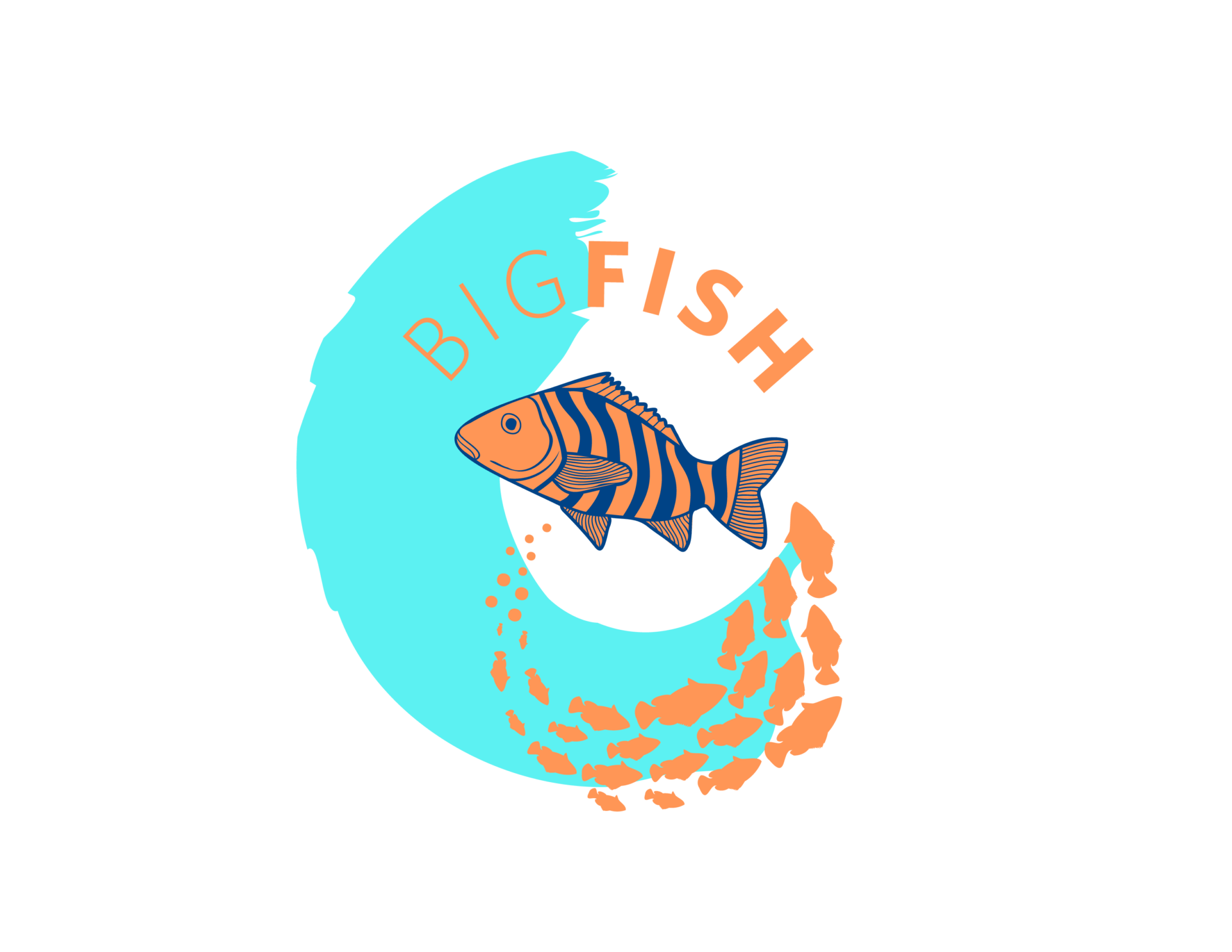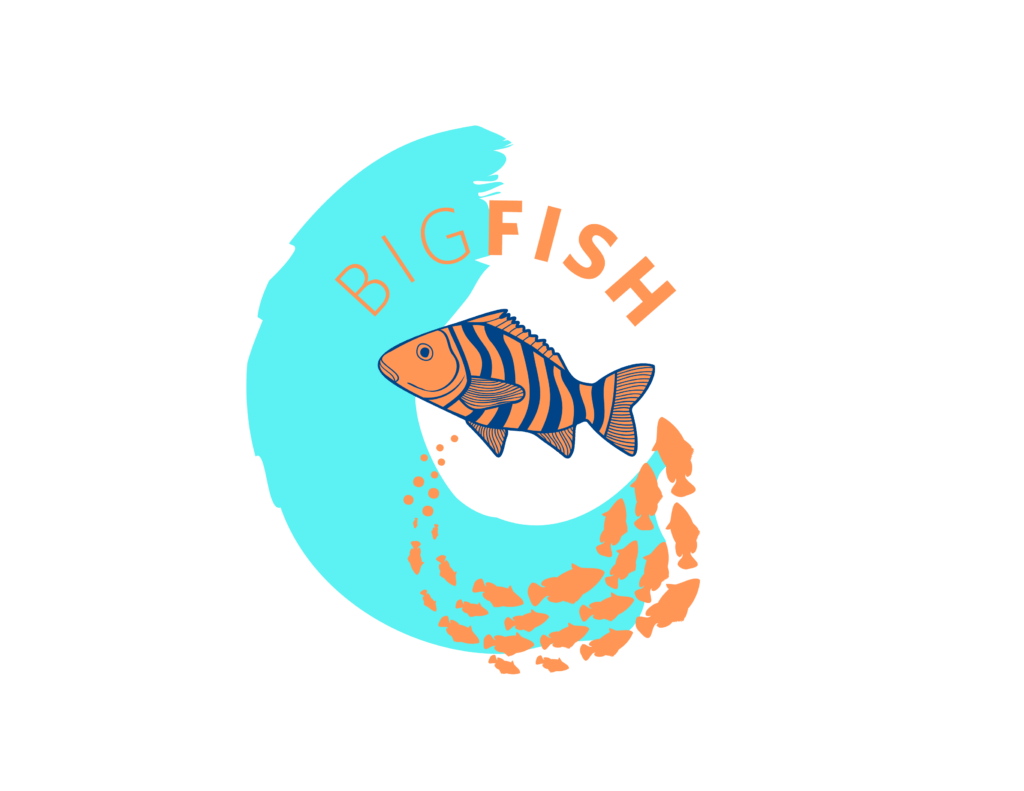The two focal species were selected due to ongoing and increasing concerns over their conservation and fishery status. In recognition of its much-reduced populations, the Nassau grouper was included in the Endangered Species Act (2016) of the United States and listed on Annex III, as a threatened species, on the Cartagena Convention’s Protocol for Specially Protected Areas and Wildlife (SPAW Protocol) in 2018. According to the International Union for Conservation of Nature (IUCN) Red List, the conservation status of the NG is ‘Endangered’ (2018) and of the MS is ‘Near Threatened’ (2015).
Although subjected to a range of protective measures, these are generally insufficient to stop declines or aid recovery in the NG and MS, although there are important and instructive exceptions. Due to strict management, recovery of the NG in the Cayman Islands, U.S. Virgin Islands, and Mexico is ongoing. However, after more than a decade of protection with seasonal bans and spatial protection, The Bahamas and Belize have likely stemmed declines. While more information, for example on landings and other data, would be useful, it is also acknowledged that sufficient information is already available for management to proceed. Moreover, based on the best scientific knowledge, we now know that management of spawning aggregations must be effected as a PRECAUTIONARY measure because ‘hyperstability’ means aggregations can be compromised before declines in catches become evident.



 Data collection in Cuba, The Bahamas and Belize form the basis of a standardized database for regional roll-out to better understand fisheries of aggregations and aggregating focal species; such case studies must be extended to other countries. The outreach campaign, ‘The Big Fish Initiative’, is key to fostering a greatly improved understanding and appreciation of aggregating species, and of the urgent need to manage them. It includes a comprehensive trilingual hub to access a wide range of information by decision-makers, fishers and consumers. The CRFM has initiated training and capacity-building for fishers to improve sustainable fishing practices in relation to spawning aggregation sites.
Data collection in Cuba, The Bahamas and Belize form the basis of a standardized database for regional roll-out to better understand fisheries of aggregations and aggregating focal species; such case studies must be extended to other countries. The outreach campaign, ‘The Big Fish Initiative’, is key to fostering a greatly improved understanding and appreciation of aggregating species, and of the urgent need to manage them. It includes a comprehensive trilingual hub to access a wide range of information by decision-makers, fishers and consumers. The CRFM has initiated training and capacity-building for fishers to improve sustainable fishing practices in relation to spawning aggregation sites.